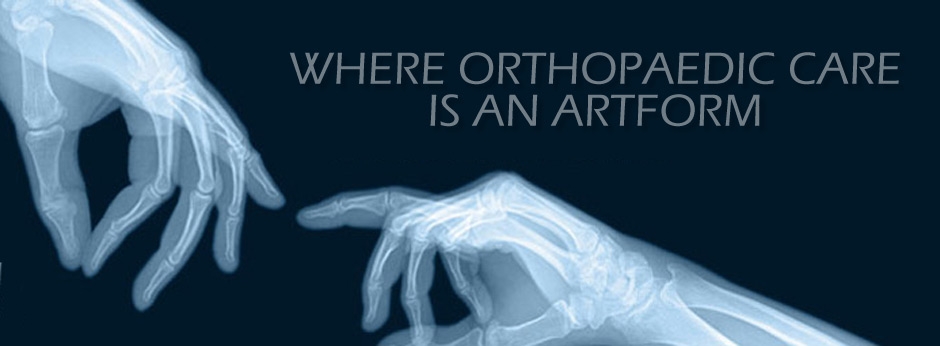Endoscopic Spine Surgery
Endoscopic Spine Surgery
Endoscopic spine surgery is a very specific type of surgery by making tiny ONE incision, usually less than 2 cm wide, and then inserting a narrow endoscopic tube and camera, the surgery can be performed without having to open up and expose vulnerable body cavities. The camera transmits what it sees to a monitor, which the surgeon uses to guide his instruments. The approach, whether it is through the abdomen, chest, or joint cavities will be determined by the specific individual patient circumstance.
When comparing endoscopic back surgery to open back surgery, there are three major benefits to the procedure. Because of the use of an endoscope for visualization, the small incision of endoscopic surgery also help minimize the damage to surrounding tissues. Small incisions drastically decrease healing time, thus a much shorter recovery time. Combining these two benefits leads us to the third; subsequently reduces the pain associated with recovery.
Dr. Abdallah places much importance on the well being of his patients. Through years of experience performing endoscopic spine surgeries, Dr. Abdallah has been able to pave a consistent track of successful operations that have changed his patients’ lives for the better.
Endoscopic spine surgery is currently the premier way of going about spine surgery. The risks associated with this manner of operation are decreased exponentially in comparison to traditional ‘open back’ surgery. Full endoscopic operations can also be performed on the cervical and thoracic spine.
The History of Endoscopic Spine Surgery
For several decades now endoscopic techniques have been used for the exclusive purpose of diagnostics. With breakthroughs in the late 1970’s and 80’s diagnosis was no longer the single purpose for employing endoscopic techniques, we could now treat alongside the diagnosis with related equipment. Surgery has progressed to the point now where conditions in the spine are now treatable without large incisions and or damaging surrounding tissues.
Conditions treatable with Endoscopic Back Surgery
- Degenerative Disc Disease
- Scoliosis
- Kyphosis
- Spinal Tumors
- Infections
- Fractures
- Herniated Disc
In all of the above conditions, endoscopic surgery will speed healing and recovery, while minimizing the pain felt by the patient.
How does Endoscopic Spine Surgery Work
The spine surgeon is able to protect the surrounding muscles and tissues by visualizing the damaged disc through the endoscope. Special working tubes are inserted alongside the endoscope allowing the surgeon to manipulate the tools necessary to repair the damage. By using endoscopic techniques, traditional surgeries that once required 3 – 6 months of recovery now only require 3 – 6 weeks!
For all the wonders involved with endoscopic spine surgery, it doesn’t treat every condition. Some conditions are too severe or have progressed too far where a traditional back surgery involving fusion of the spine would be required. It is important to explore all other options before this fusion takes place because it is permanent.








